We caught up with the brilliant and insightful Juliana Guedes a few weeks ago and have shared our conversation below.
Juliana, looking forward to hearing all of your stories today. Can you share a story about the kindest thing someone has done for you and why it mattered so much or was so meaningful to you?
Kindness is an essential trait of being human, yet it is often underrated. It’s surprising how many people react as though kindness is something unusual when it happens to them.
Back in 2018, just before I moved to LA, after watching the 90th Oscar Awards, I wanted to find out who was the Production Designer behind the beautiful set that year. I discovered Derek McLane’s profile on LinkedIn, and once he accepted my request to connect, I sent him a message asking for tips as a designer transitioning into the entertainment industry. To my amazement, he replied asking if I wanted to hop on a call with him. We FaceTimed for about an hour a few days later. I told him I was coming to LA for the summer, but that my goal was to stay here to get my foot in the business. He was incredibly kind and supportive, providing me with great advice on how to break into and succeed in our industry. This was so meaningful to me as I was not only new to the industry but also to LA, as I was moving to a different country to pursue a dream.
Starting something new and unfamiliar can be overwhelming and so distant, especially when reaching out to professionals we admire. But the reality is, they all started at the same place as everyone else, they’ve been in our shoes before, and most of them will be happy to share their experiences and knowledge with us. Many seasoned designers I’ve met expressed that they wished someone had shared their insights when they were starting, and certainly, this is something that I believe needs to be passed along. In the future, I want to extend my hand to a fellow artist and share my wisdom with them; I’m certain that this is something we can all do, regardless of our level of experience or where we are in our careers.
Over the past seven years in LA, I am grateful to have received many acts of kindness from my peers and even from people I look up to. I had the opportunity to see “Maria”, a film about the classical singer Maria Callas, and meet one of my idols, Guy Hendrix Dyas. I had a chance to discuss his work on the film, among other topics. He was kind enough to spend a few minutes during the reception after the screening, sharing stories with me and others, showing us his “book” filled with notes, ideas, and research for the film—an unforgettable moment.
Having said that, I don’t believe there is a single best act of kindness we can experience. Throughout our lives and careers, there will always be moments when someone, perhaps a complete stranger, will be kind to us – either because someone else was kind to them and they are giving back, or simply because they are genuinely nice people. These are the ones we have to focus on and rely on.
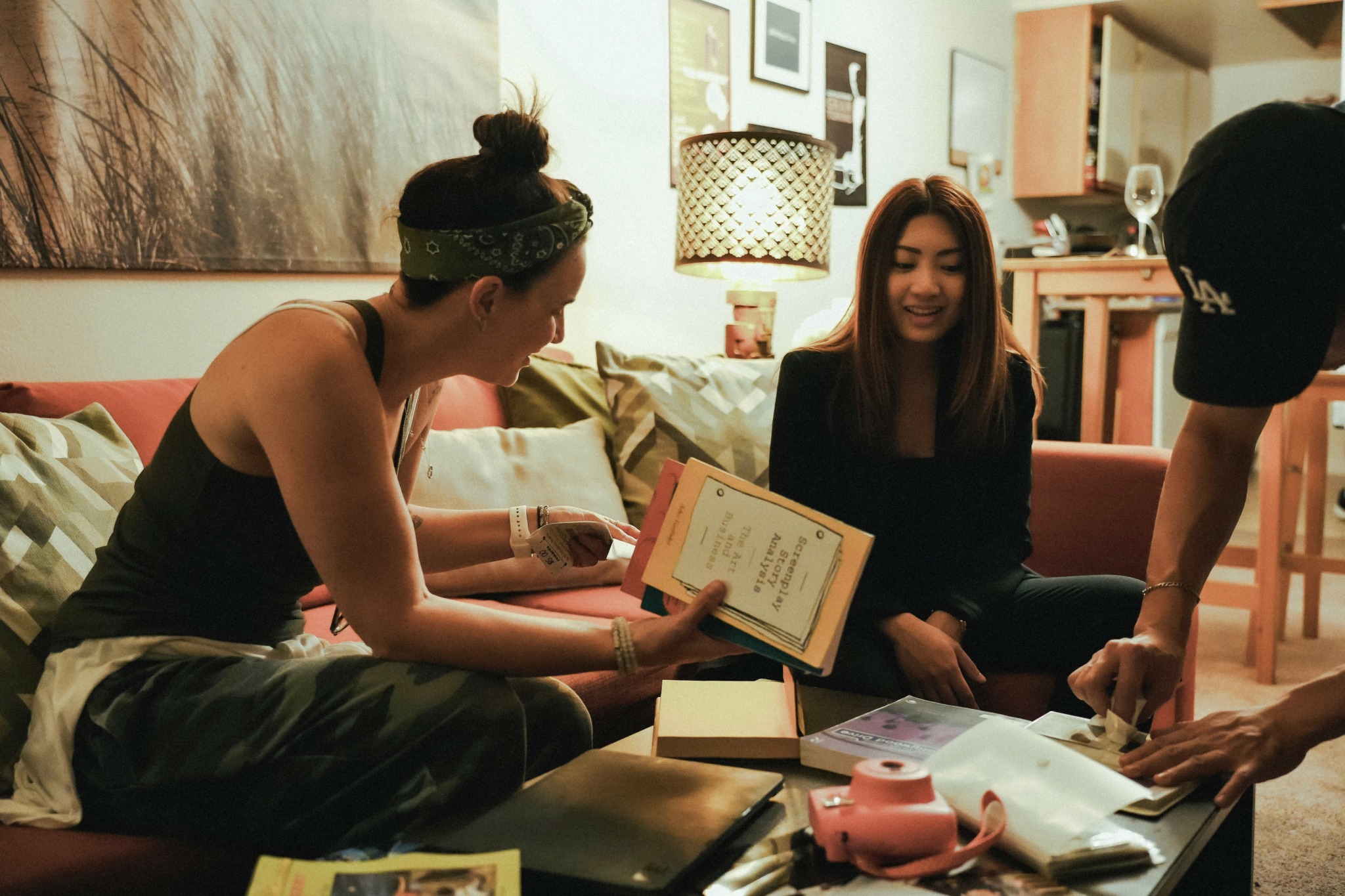
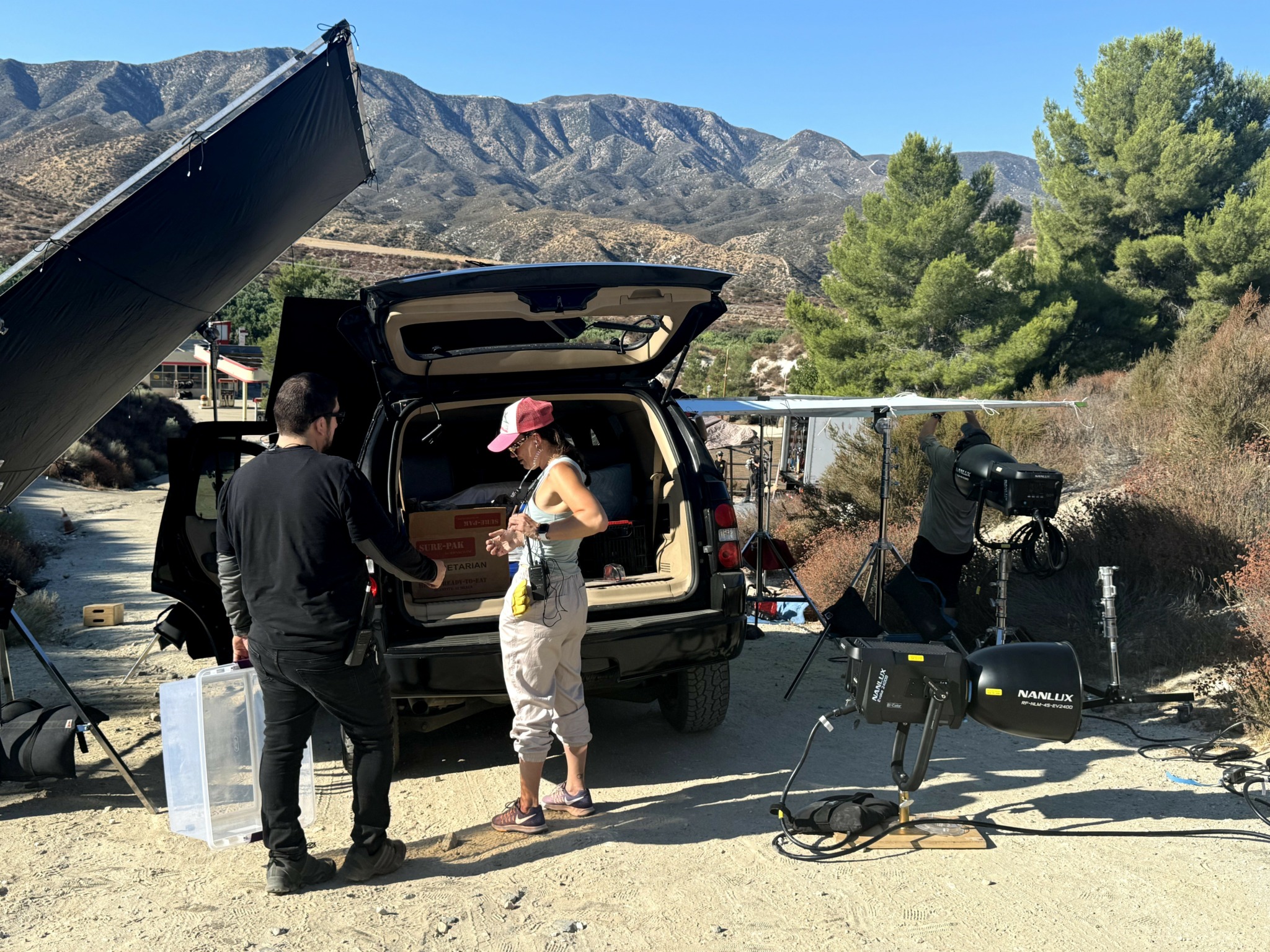
Awesome – so before we get into the rest of our questions, can you briefly introduce yourself to our readers.
“Production Design is the gold dust that allows the audience to escape into the magical world of a film.”
Being a production designer never really crossed my mind until I was in my twenties. Originally from Brazil, I grew up watching American TV shows and films, and it was fascinating and intriguing how those worlds I saw on the screens were created. From a young age, I have always been a creative person, interested in architecture, art, design, so I knew I wanted to do something where I could explore my imagination and create beautiful things.
My first passion was architecture, something that I discovered very early in my life. Throughout my childhood and teenage years, I was certain that it was the career I wanted to follow. However, I was fresh out of college when I realized I wanted to explore different things. After learning that Production Design was a profession that combined architecture, art, and design with film and TV, I instantly got curious about it. The idea of being involved in making films and TV shows and telling a story through the environment, the sets, decoration and objects was just a dream.
Storytellers want their audience to reflect on their writing, and I’m no different. I just happen to tell a story in a visual way, and that’s why I fell in love with Production Design. Creating these settings and all the intricate details that reveal more about the story excites me! Providing this experience to others, enabling the audience to escape their world and, for a couple of hours, just sit back and immerse themselves in that story, forgetting about everything else, is rewarding for me.
Before transitioning to Production Design, I had the opportunity to work at an event agency with set design, which led me to a decade-long career in the events industry. This diverse background allowed me to grow professionally, having worked on a variety of projects, using my artistic perspective and expanding my creativity in so many ways, all while gaining valuable experience in a dynamic and fast-paced environment.
Working in the entertainment industry was a calling I couldn’t ignore, so I finally decided to pursue a degree in Production Design. I moved to London, England, to pursue a Master’s program. Not only did I gain a deeper understanding of the role of a Production Designer, but I also grew a lot personally, as it was the first time I was living far away from the comfort of family and friends.
During my studies, I discovered how different, yet very similar, Production Design is to Architecture. Being trained as both an Architect and Set Designer gives me an advantage when creating sets. When designing a client’s house, it’s essential to understand not only their aesthetic preferences and needs but also who they are, their likes, dislikes, and other details that will help bring their dream home to life. Similarly, to effectively create the environment a character lives in or interacts with, it’s crucial to learn more about them – who they are, where they come from, and relevant information that conveys the story wordlessly through details – a messy interior of a beaten-up car, decoration style, or even a specific object. This is one of my favorite aspects of production design.
On the other hand, there were times when I needed to set aside my architectural thinking. For instance, when designing a set from scratch, the layout doesn’t always have to be architecturally sound; it should instead prioritize spaciousness to allow actors to engage effectively.
Recently, I worked on a short film, SIDRA, where I transformed a 1950s-style diner into an apocalyptic post-social collapse scenario. The script provided limited information about that set, aside from the fact that the main characters took shelter there. This challenge pushed me to think about who the previous “tenants” were to create a believable environment, while also ensuring the set effectively conveyed the film’s narrative to the audience, but also helped the actors in navigating the space to tell the story.
Pursuing my dream of working in the entertainment industry took time. It was easier to go back to something familiar, working with events, and stable, at my family’s carwash, staying in my uncomfortable comfort zone. Starting over in a new career at thirty-five was scary and filled with self-doubt, but the fear of not taking that risk and making a change was even bigger. In June of 2018, I arrived in Los Angeles to do a six-week summer program at USC called “Breaking into the Film Industry.” Led by Eve Honthaner, a producer with 40 years of experience, it showed how “real life” works in the Entertainment Industry.
I have been living in LA for the past seven years. I graduated from two courses after that summer at USC – a Producing Certificate at UCLA Extension and an MBA at International American University. Throughout this time, I faced many challenges; not being able to work (as I was an international student), the COVID pandemic, and the WGA and SAG-AFTRA strikes in 2023 (just when my artist work visa was approved). I also went four years without seeing my family back home. But life has ups and downs, and I always shifted my focus towards positive things. During the lockdown, I took the opportunity to connect with industry fellows; additionally, I applied for the Art Directors Guild Production Design Initiative and was selected as one of the participants in 2020.
Since moving here, I have worked on short films, music videos, web series, feature films, a documentary-style feature, and commercials. My credits range from Production Designer and Art Director to Set Decorator, and I learned from every single one of these projects. Most of them had low or no budget, and that was a challenge in itself. Coming from a background where I was used to larger budgets for my set design events, I had to rely on my creativity and make the most out of my resources. And almost every project I’ve been involved in led to another, as I was often recommended by those I worked with and the connections I made along the way.
Being an artist is a fundamental part of who I am. I find joy and fulfillment in getting my hands dirty and engaging in work that involves art, design, and architecture, and I strive to incorporate these elements into the stories I tell.

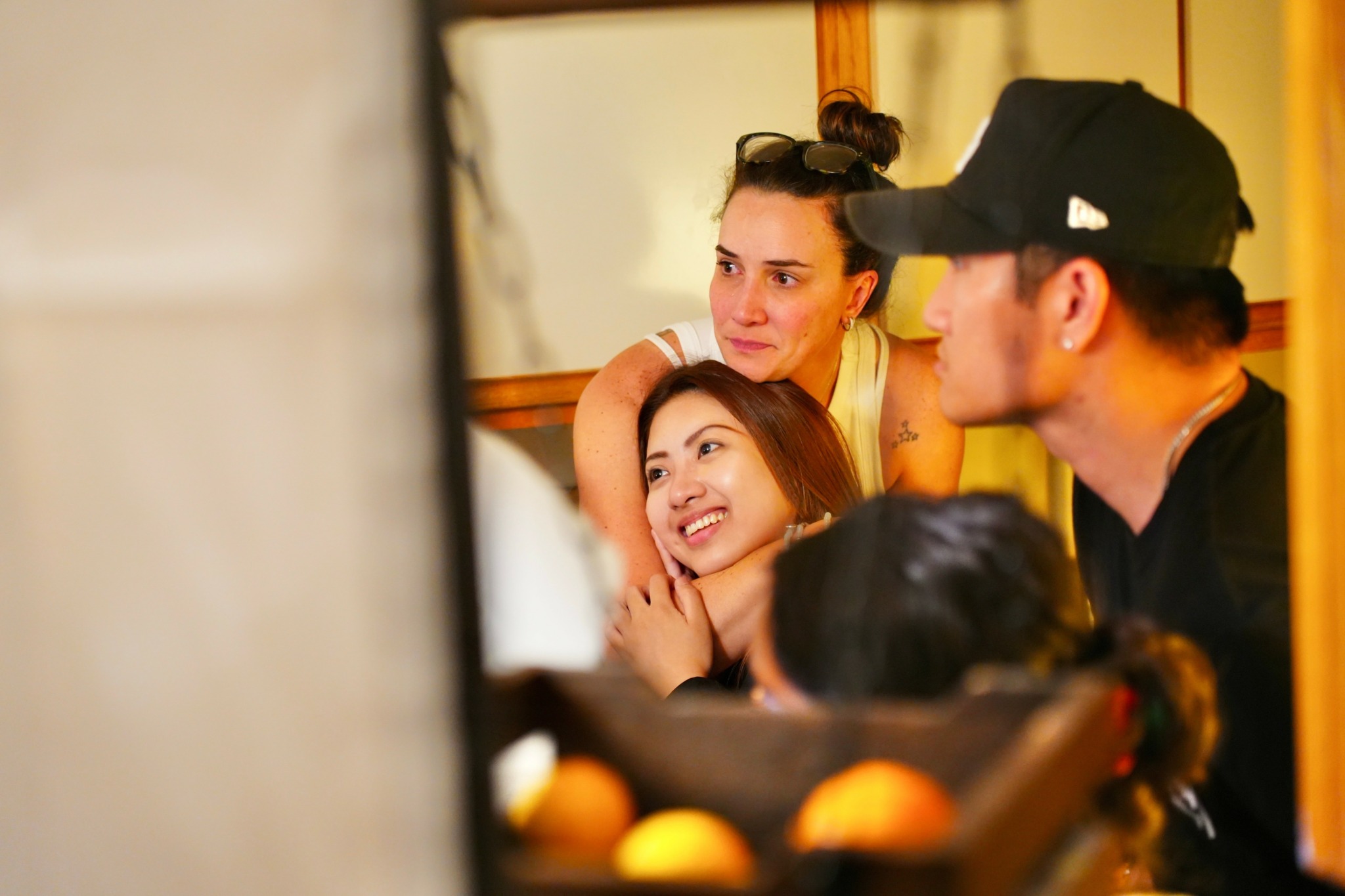
What do you think is the goal or mission that drives your creative journey?
I guess my goal and mission have been shaped by my experiences as a young girl watching movies and TV shows, which opened up a world of possibilities for me. I found it fascinating how the settings in these stories allowed me to escape my reality and transport myself to different times and places. As a storyteller and designer, I take great joy in creating these environments and bringing a variety of narratives to life on screen. It is a rewarding mission to tell stories that address important subjects close to my heart and allow audiences to reflect on them – something that not many people get to do for a living, especially when they are passionate about it.
Recently, I have become more involved in raising awareness about the importance of sustainability, not only in our personal lives but also within the entertainment industry and the art department. Consumerism and waste affect our daily lives and the future of our planet. The entertainment industry also needs to implement changes in how we produce content. After joining the Art Directors Guild Green Committee—a collaborative initiative among Production Designers, Art Directors, and other professionals in the art department aimed at minimizing our environmental impact—I realized there is still much work to be done. Learning about alternative materials, reusing and recycling entire sets and their components, renting furniture and props, and purchasing items from thrift stores are becoming increasingly important and are slowly being integrated into the daily practices of art departments, along with other unions that have initiated similar efforts, such as the Costume Designers Guild and IATSE.
Coming from Brazil, it’s not common to simply discard things if they break or no longer suit one’s style; we repair, recycle, sell, or donate them. So it was a bit of a shock seeing so much waste and discarded items, including furniture and appliances, on the streets here.
In 2019, I worked on a music video project with a very limited art budget, where our Production Designer and I had to be exceptionally resourceful to create an entire apartment in the desert. We thrifted, searched for inexpensive second-hand items, rented some pieces, and even used items we found on the streets. One key aspect of sustainability is considering the life cycle of the materials we use in our projects. In this case, the production company allowed us to keep or donate anything we wanted instead of disposing of it.
This commitment to sustainability has become a significant part of my work. I am also involved in a project led by a Brazilian friend who is passionate about environmental issues. We are adapting her Instagram profile into a reality TV show to educate people on how to be environmentally friendly by upcycling “trash.” We are currently finishing our reel and seeking funding to produce an entire season—and hopefully more—to show how discarded items that would end up in the landfills can be transformed into beautiful works of art.
As creatives, we can sometimes take the easy route, using the lack of funds as an excuse. However, we have the ability and responsibility to make better choices for our characters and stories, which will positively impact both our planet and society.
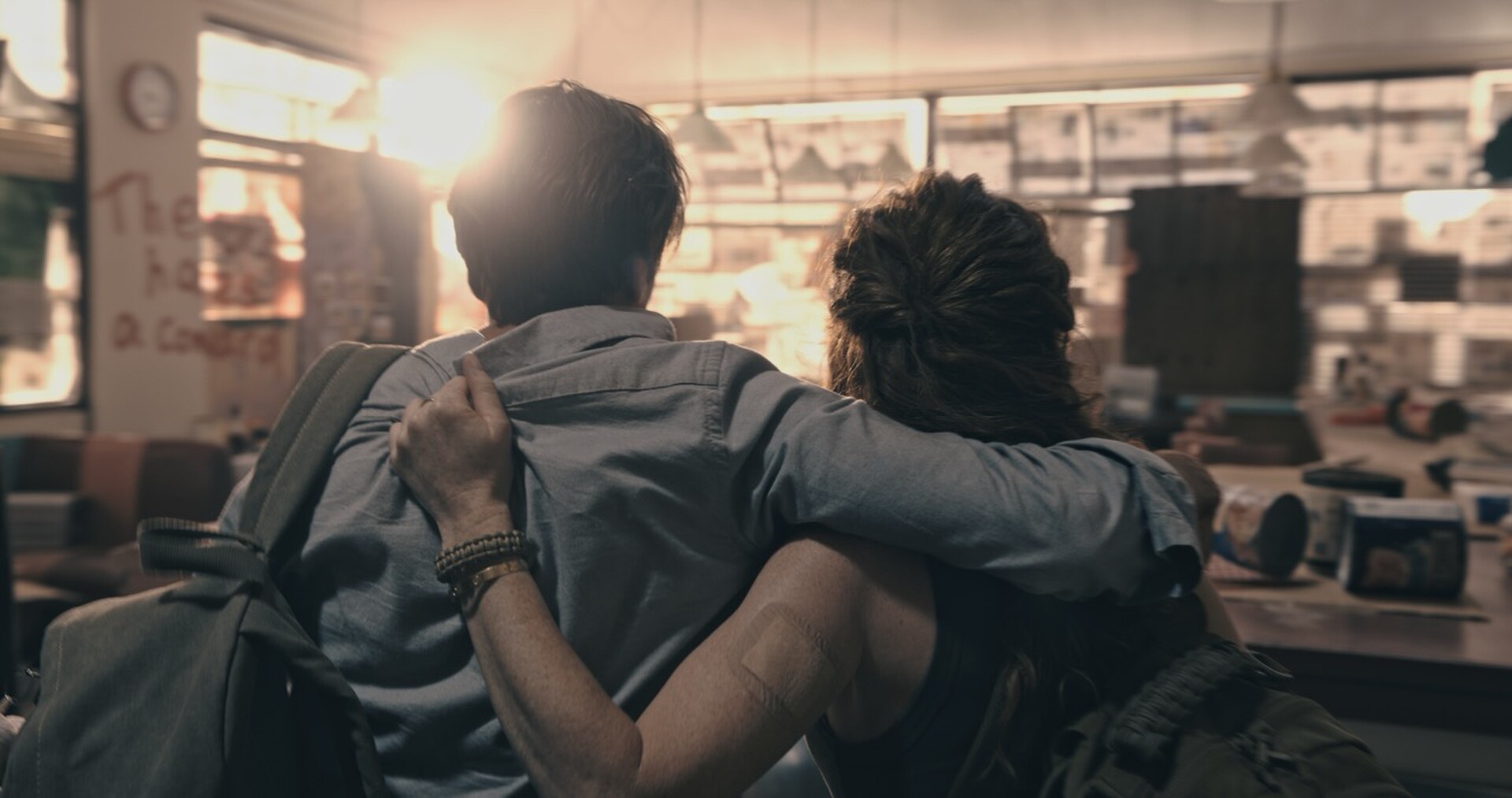
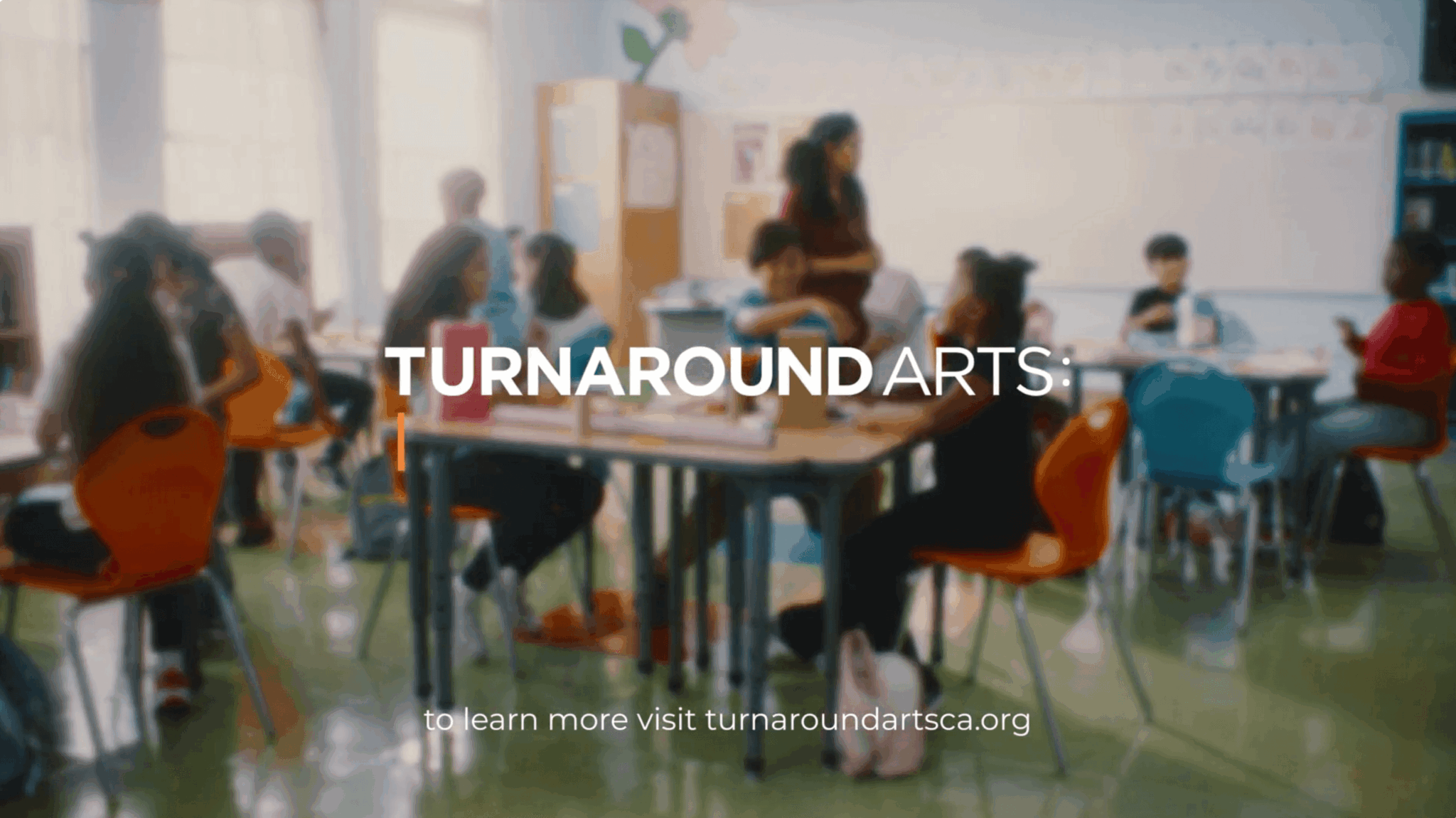
Are there any books, videos or other content that you feel have meaningfully impacted your thinking?
No longer having a work permit as an international student at the beginning of 2021, I found myself at a crossroads. Either I was going back home – and starting everything from scratch – or I could go back to school here and extend my time to continue progressing with my career. That was not in my original plans, but with limited options, I realized taking another detour would not stop me from getting to my destination.
I ultimately decided to enroll in an MBA program for several reasons, but primarily because I began viewing myself as an entrepreneur and my work as a Production Designer and Art Director as a business. If I were to succeed in this industry (or any other), aside from everything I had already learned in my Producing Certificate and the projects I had worked on, understanding the many facets of running a business would only be an advantage.
During my two years in school, I studied subjects such as economics, business law, marketing, and human resources. This allowed me to reflect on how I could apply this knowledge to my artistic career. As a freelancer, I am both my boss and employee, which means I must manage finances, market myself and my business, and handle several other important areas, all while continuing my creative work, prepping for shoots, sourcing, and purchasing art department items, and spending long hours on set.
Beyond reading books and watching videos, analyzing how successful companies and their founders got to where they are today, working on case studies, and writing my own essays were essential in better applying these concepts to my life, both professionally and personally. Many of my professors encouraged us to research and write papers centered on our own goals, which allowed me to focus on the entertainment industry, both large studios and smaller production companies.
Additionally, I believe professional growth should walk hand-in-hand with personal growth. I pursue, to this day, internal self-discovery through therapy and reading materials that offer new perspectives. One remarkable book I recently read is “The Perfectionist Guide to Losing Control” by Katherine Morgan Schafler. The book helps perfectionists like me to find power in our perfectionism, look at it as a strength rather than a flaw, embrace our vulnerabilities, and let go of the need to control.
Ultimately, we are always learning. Whether acquiring new skills and techniques relevant to our line of work, keeping up with industry trends, or staying informed about the world, all these resources can significantly impact how we manage our businesses, whether as individuals or as entities.
Contact Info:
- Website: https://linktr.ee/juliguedesdesign
- Instagram: @juliguedesdesign
- Linkedin: https://www.linkedin.com/in/juliguedes/


Image Credits
Personal photo by Eduardo “Orelha”
Additional photos 1 and 4 by Chris Luu
photos 2 and 3 by Christine Lozano


